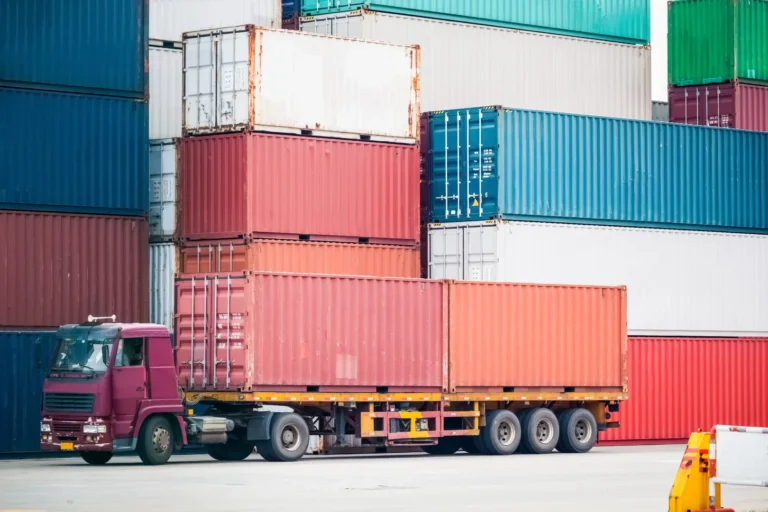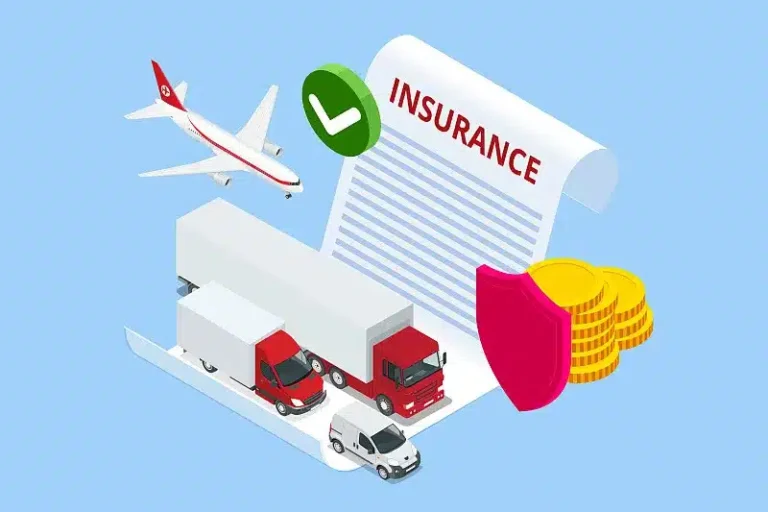Introduction
Shipping goods isn’t just about getting from Point A to Point B. If you’ve ever looked at a freight invoice and wondered what half the line items mean, you’re not alone. Many shippers especially small and mid-sized businesses find freight charges and fees confusing, unpredictable, and even frustrating.
Understanding how freight costs are calculated can help you plan better, avoid hidden fees, and partner with carriers or brokers who offer real value. At Torro Freight, we believe in transparent freight pricing for smarter logistics. Here’s everything you need to know about freight charges, how they work, and how to take control of your logistics budget.
What Are Freight Charges & Freight Fees?
Freight charges refer to the base cost of transporting your goods. Freight fees, on the other hand, are additional costs that may arise due to handling, fuel, delivery location, or time constraints. Together, they make up the total cost of a freight shipment.
Charges vary widely depending on the mode (LTL, TL, ocean, air, etc.), distance, carrier, and service level. Reading your freight invoice closely is key to identifying both standard and extra charges.

Factors Influencing Freight Costs
- Several key variables affect how much you pay:
- Weight & dimensions of the shipment
- Distance and number of shipping zones
- Mode of transport (air, truck, rail, ocean)
- Speed of delivery (expedited vs standard)
- Special handling or services (e.g., liftgate, inside delivery)
- The more complex your shipment, the more likely you’ll incur additional freight fees.
Exploring Common Types of Freight Charges
Ocean Freight Charges
Includes base rates, bunker adjustment factors (BAF), documentation fees, and terminal handling charges.
Air Freight Charges
Priced mostly by dimensional weight. Fuel surcharges and security fees are commonly added.
Over-the-Road Truck & LTL Freight Charges
Includes linehaul, fuel surcharge, accessorials (like reweighs, detention), and minimum charges.
How Freight Charges Are Calculated by Mode
Truckload Freight Charges
Pricing is typically per mile, adjusted for factors like fuel cost, deadhead miles, and equipment type (dry van, reefer, flatbed).
LTL Freight Charges
Calculated based on:
- Freight class (based on NMFC)
- Weight
- Distance
- Dimensions
- Accessorial services
Intermodal Freight Charges
Often include:
- Rail linehaul charges
- Chassis usage fees
- Container handling
- Terminal and fuel fees
Additional Freight Fees and Surcharges
Fuel Surcharges
Almost always present. These fluctuate weekly based on DOE diesel prices.
Peak Season Surcharges
Applied during high-demand times (e.g., Q4, harvest season).
Handling Fees
Cover manual loading/unloading, palletization, or special packaging.
Demurrage, Per Diem, and Storage Fees
Charges for containers held too long at port, terminal, or warehouse.
Customs and Special Equipment Fees
Include cross-border duties, hazmat handling, or liftgate usage.
Other Accessorial Charges
Might include:
- Residential delivery
- Limited access locations
- Re-delivery or re-consignment
Navigating Freight Charge Calculations
Freight charges are calculated using a combination of variables:
- Base rate (per mile or per hundredweight)
- Distance traveled
- Freight class (for LTL)
- Accessorials (fees for added services)
- Fuel surcharge
Example formula (LTL):
Total Cost = Base Rate + Fuel Surcharge + Accessorials
Knowing how these components fit together helps you spot unnecessary charges or negotiate better terms.
How Economic Conditions Affect Freight Pricing?
Supply of Freight Capacity
When truck or container availability is low, prices rise.
Shipper Demand
During peak seasons or economic booms, competition for capacity drives up rates.
Broader Economic Conditions
Inflation, interest rates, and global trade slowdowns can all increase shipping costs.
Understanding these dynamics helps you forecast when freight pricing will tighten.
Charting a Course Towards Cost Mitigation
- Partner with freight brokers who explain charges upfront
- Use tech tools that offer real-time quoting and shipment visibility
- Optimize shipments for weight and dimension
- Consolidate LTL into full truckload where possible
- Align mode (LTL, TL, intermodal) with load type and urgency
At Torro Freight, we make it easy to understand what you’re paying for before you pay for it.
Conclusion: Take Control of Your Freight Spend
Shipping doesn’t have to come with surprises. By understanding your freight charges and asking the right questions, you can budget confidently, reduce waste, and ship smarter.
Avoid surprise charges. Work with a freight brokerage that makes costs predictable, not puzzling. Torro Freight offers transparent freight pricing built for smarter shipping.




